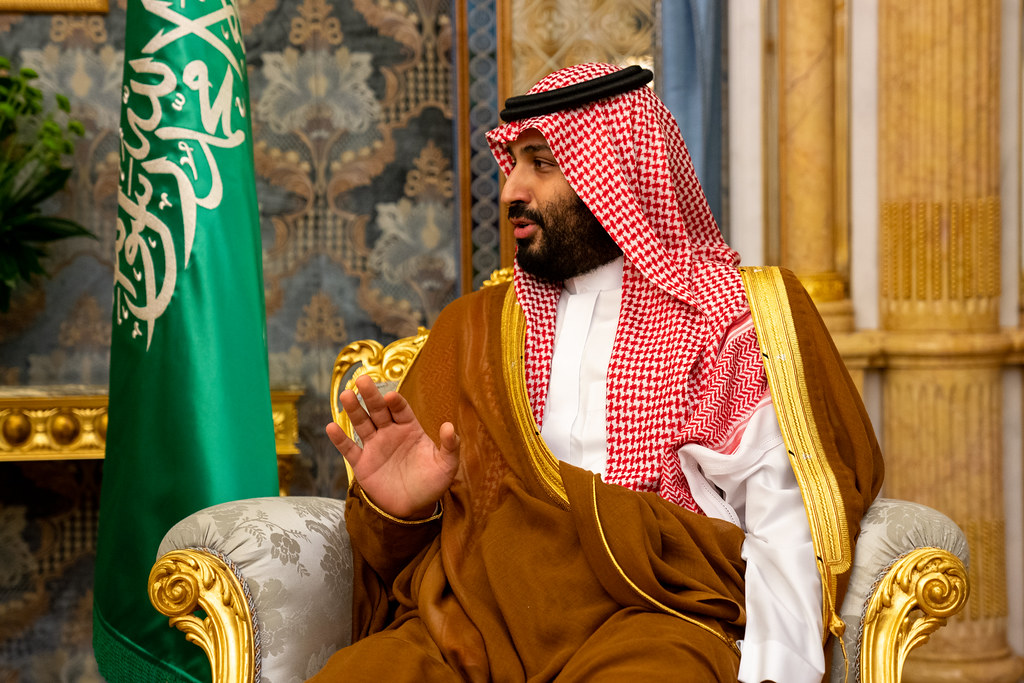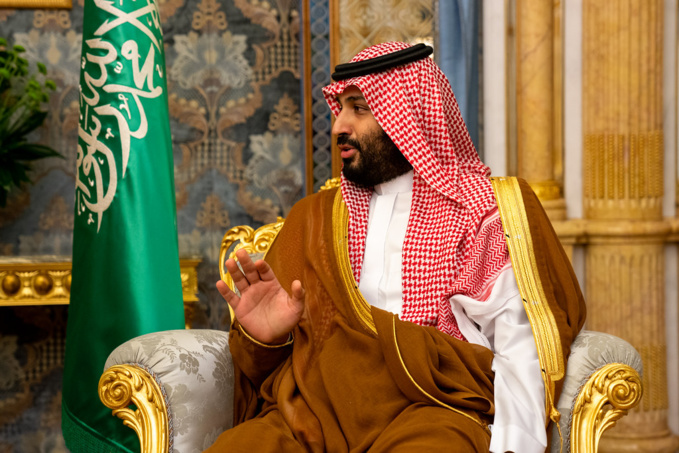According to the results of March, the gold and foreign exchange reserves of the kingdom fell by $ 27 billion - a record for 20 years of available statistics, and their total volume shrank to $ 464 billion - the lowest since 2011, reports AlJazeera.
A third of the amount spent was used by the government via a current account with the Central Bank, another third went to injecting currency into the banking system, the rest went to compensating for the outflow of capital, estimates Ziad Daoud, an economist at Bloomberg Economics. The Saudi Central Bank is selling reserves in the market, maintaining a fixed rate of the national currency - riyal - at around 3.76 per dollar.
To cover the budget deficit, which is 90% filled with oil revenues, Riyadh entered the international capital market twice this year, placing Eurobonds for $ 19 billion.
Since the summer, the Ministry of Finance of the Kingdom has launched a program to optimize state finances for 100 billion riyals. According to Saudi Press Agency, it will include a threefold increase in VAT - from 5% to 15% - and the abolition of payments of a living wage.
In addition, capital expenditures are planned for the fiscal year 2020, including the Vision-2030 program, the ambitious plan of Crown Prince Mohammed bin Salman to rebuild the Saudi economy to get rid of oil dependence.
“We are in a crisis like the world has never seen in modern history,” said Saudi Minister of Finance Mohammed Aljadaan.
However, the rate of “burning” the Saudi reserves is likely to slow down, says Goldman Sachs economist Farouk Soussa: the kingdom will rely on external loans to patch budget holes. In total, Saudi Arabia plans to borrow 220 billion riyals per year, or $ 58.5 billion.
Riyadh has no difficulties with the sale of Eurobonds: at the April placement, the demand for securities of the kingdom exceeded $ 50 billion.
source: aljazeera.com, bloomberg.com
A third of the amount spent was used by the government via a current account with the Central Bank, another third went to injecting currency into the banking system, the rest went to compensating for the outflow of capital, estimates Ziad Daoud, an economist at Bloomberg Economics. The Saudi Central Bank is selling reserves in the market, maintaining a fixed rate of the national currency - riyal - at around 3.76 per dollar.
To cover the budget deficit, which is 90% filled with oil revenues, Riyadh entered the international capital market twice this year, placing Eurobonds for $ 19 billion.
Since the summer, the Ministry of Finance of the Kingdom has launched a program to optimize state finances for 100 billion riyals. According to Saudi Press Agency, it will include a threefold increase in VAT - from 5% to 15% - and the abolition of payments of a living wage.
In addition, capital expenditures are planned for the fiscal year 2020, including the Vision-2030 program, the ambitious plan of Crown Prince Mohammed bin Salman to rebuild the Saudi economy to get rid of oil dependence.
“We are in a crisis like the world has never seen in modern history,” said Saudi Minister of Finance Mohammed Aljadaan.
However, the rate of “burning” the Saudi reserves is likely to slow down, says Goldman Sachs economist Farouk Soussa: the kingdom will rely on external loans to patch budget holes. In total, Saudi Arabia plans to borrow 220 billion riyals per year, or $ 58.5 billion.
Riyadh has no difficulties with the sale of Eurobonds: at the April placement, the demand for securities of the kingdom exceeded $ 50 billion.
source: aljazeera.com, bloomberg.com



















